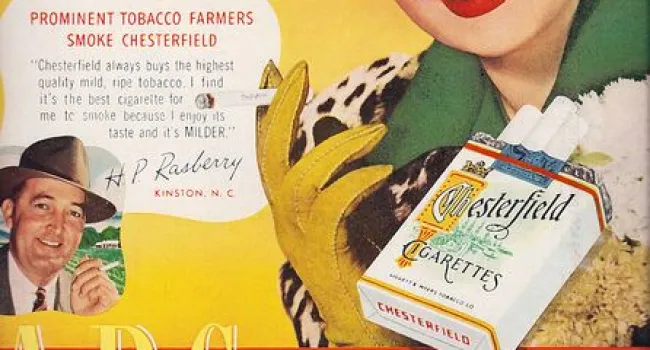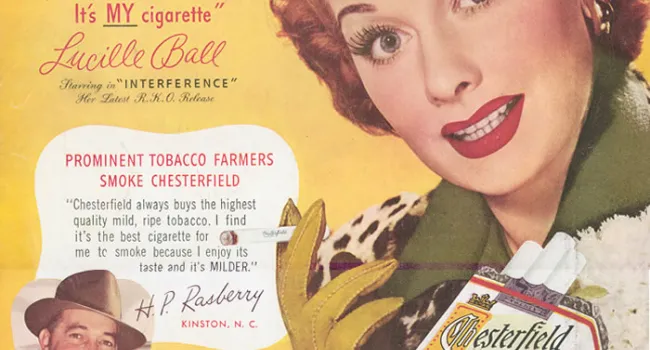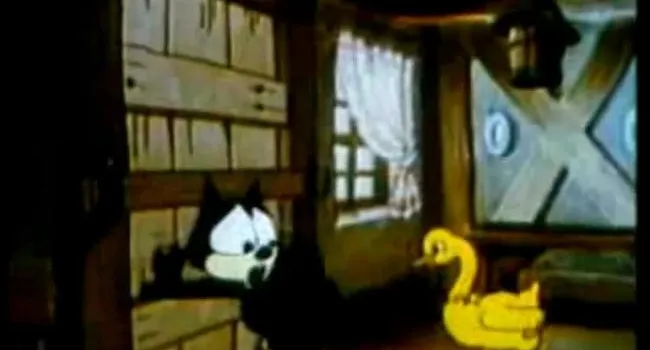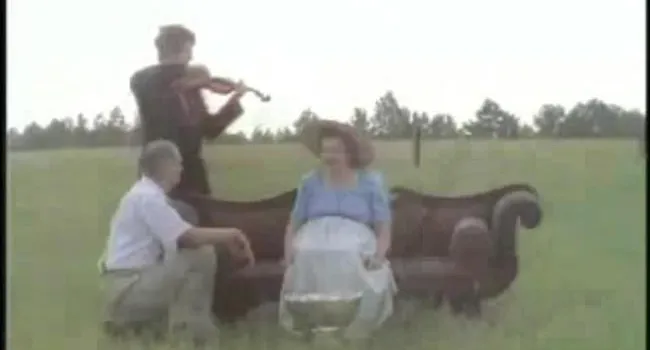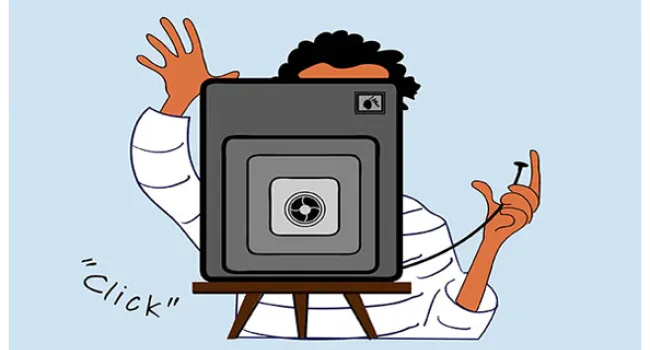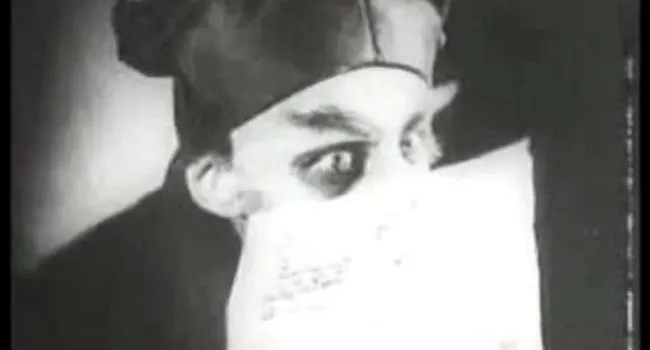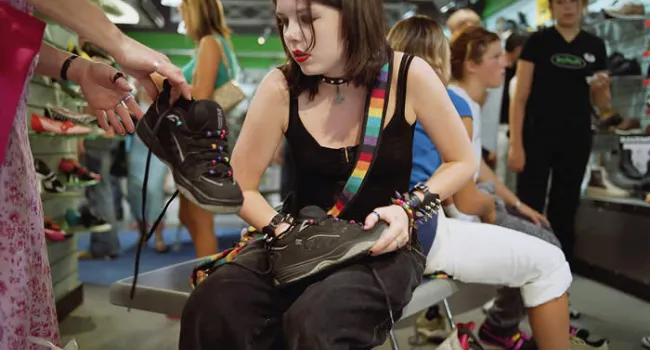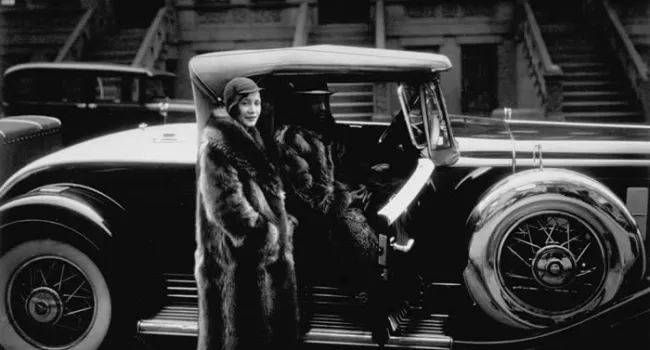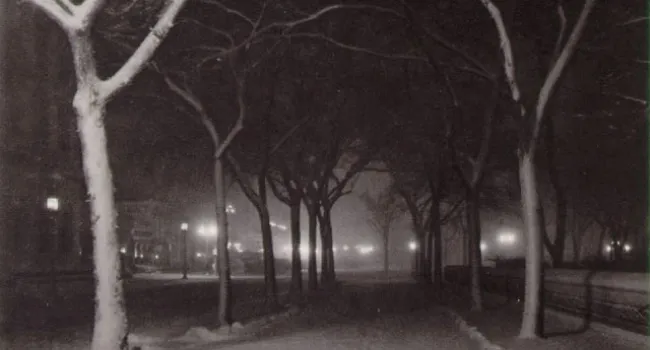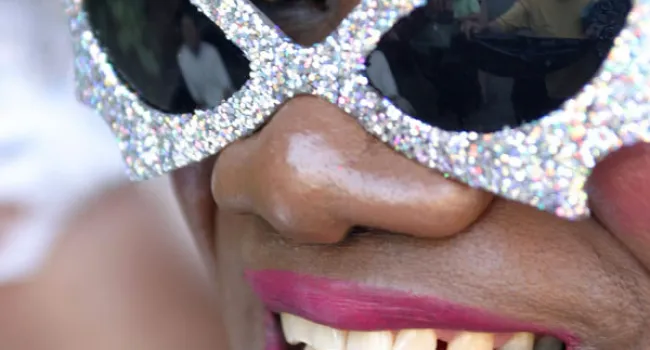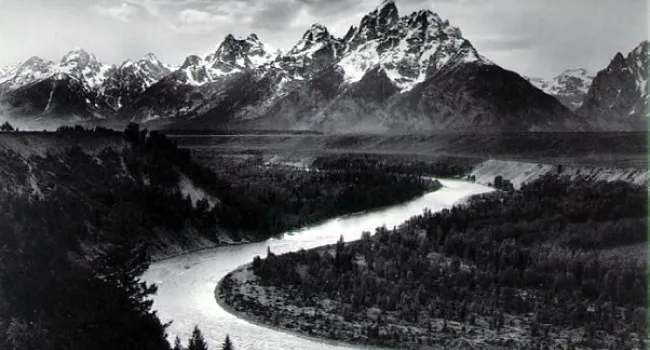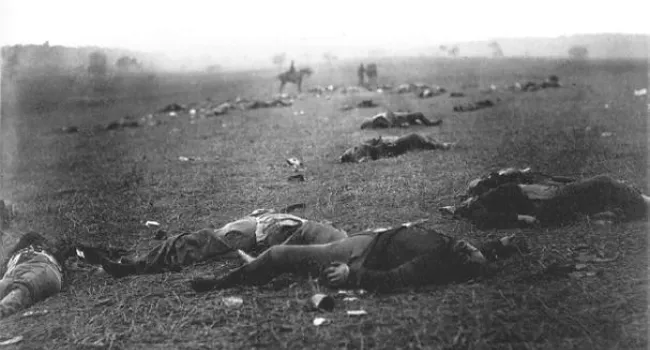
LOUIS DAGUERRE
A Closer Look
This Daguerreotype of a Parisian Boulevard is an early experiment by Louis Daguerre. His pictures required a very long exposure time. That's why the street seems empty - anything moving would have appeared invisible because the camera's shutter stayed open so long. If you look at the full screen view of the picture, in the bottom left section you can see a man getting his shoes shined - we can see him because he was standing still for quite a while.
About the Media
This Daguerreotype by Louis Daguerre depicts a boulevard in Paris. The Daguerrotype process involved treating silver-plated copper sheets with iodine to make them sensitive to light, then exposing them in the camera and developing them with mercury heated to 75 degrees. As the medium improved it became very popular for portraits of people, who were amazed at their lifelike detail. One person writing in a newspaper of day the called Daguerreotypes "the most remarkable objects of curiosity and admiration, in the arts, that we ever beheld."
About the Artist
A successful commercial artist, Louis Daguerre began experimenting in the 1820s with ways to use light to create permanent images. In 1829 he partnered with Joseph-Nicephore Niepce. Niepce died in 1833, but Daguerre worked on and finally developed a method of photography that he named after himself - the Daguerreotype. He and Niepce's son sold the rights for the Daguerreotype to the French government.
Write About It
- Make a list of what you see in the photograph.
- How does the photographer use the elements and principles of design?
- What is your opinion of the photograph? How does it make you feel?
